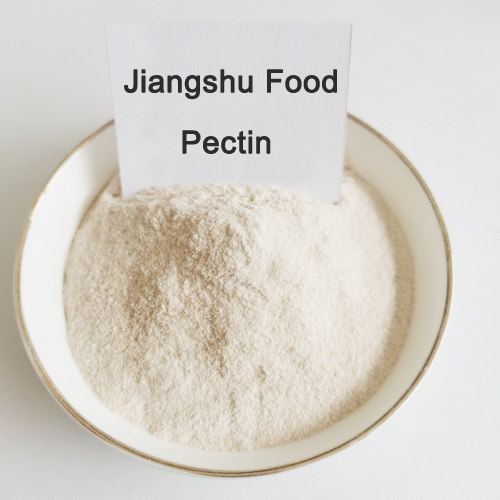News
How to Choose the Right Pectin: Avoid These 3 Common Purchasing Mistakes
Introduction
Pectin is a key ingredient used in jams, jellies, dairy drinks, and confectionery. But choosing the wrong pectin can lead to poor texture, product failure, or even batch rejection.
Many buyers, especially in export markets, tend to focus only on price—without fully understanding the differences between types of pectin.
In this article, we share the 3 most common mistakes buyers make when purchasing pectin—and how to avoid them.
❌ Mistake 1: Only Comparing Price Without Understanding the Source
What's the problem?
Not all pectin is the same. Pectin can be derived from citrus peels or apple pomace, and each source has unique characteristics.
Risk:
Choosing a cheap option without knowing the origin may result in poor gelling or flavor mismatch.
What to do instead:
Citrus pectin: better for clear, fresh-tasting jams, beverages, and fruit fillings
Apple pectin: ideal for high gel strength applications like soft candies or gummy supplements
Tip: Ask your supplier about the raw material origin. It matters.
❌ Mistake 2: Ignoring DE (Degree of Esterification) and DA (Degree of Amidation)
What's the problem?
Some buyers look only at the pectin content (%), without checking DE or DA, which directly affect performance.
Risk:
Mismatch in DE/DA can lead to issues like weak gels, separation in beverages, or yogurt instability.
What to do instead:
High methoxyl (HM) pectin (DE > 50%): for high-sugar, low-pH products (e.g. traditional jams)
Low methoxyl (LM) pectin (DE < 50%): suitable for low-sugar applications, dairy, or plant-based jellies
Low methoxyl amidated (LMA) pectin: reacts with calcium, perfect for yogurt and dairy drinks
Tip: Check technical data sheets and test DE/DA compatibility with your formulation.
❌ Mistake 3: Only Looking at Pectin Content, Not Functional Properties
What's the problem?
Two pectins may both show “≥70% content,” but behave very differently in your product.
Risk:
You may end up with poor gelling strength, weak texture, or unstable viscosity.
What to do instead:
Ask your supplier for key performance indicators such as:
Gelling strength
Rheology (flow behavior)
Viscosity in solution
Solubility at different pH/temperature
Tip: Always do lab-scale testing before finalizing a purchase.
✅ How to Choose the Right Pectin (3-Step Checklist)
Identify your end product – Is it a jam, dairy drink, gummy, or jelly?
Ask for technical parameters and sample data – Don’t rely on specs alone
Communicate with your supplier – Share your formulation needs for the best match

RELATED NEWS
- What Is Pectin Used For? 2025-06-23
CATEGORIES
CONTACT US
Contact: Amy Yue
Phone: 18771981656
E-mail: sales@whfoodchem.com
Whatsapp:18771981656
Add: Room 130, Guangyuan Building, No. 88 Yanjiang Avenue, Jiang'an District, Wuhan City, Hubei Province 430000, China
